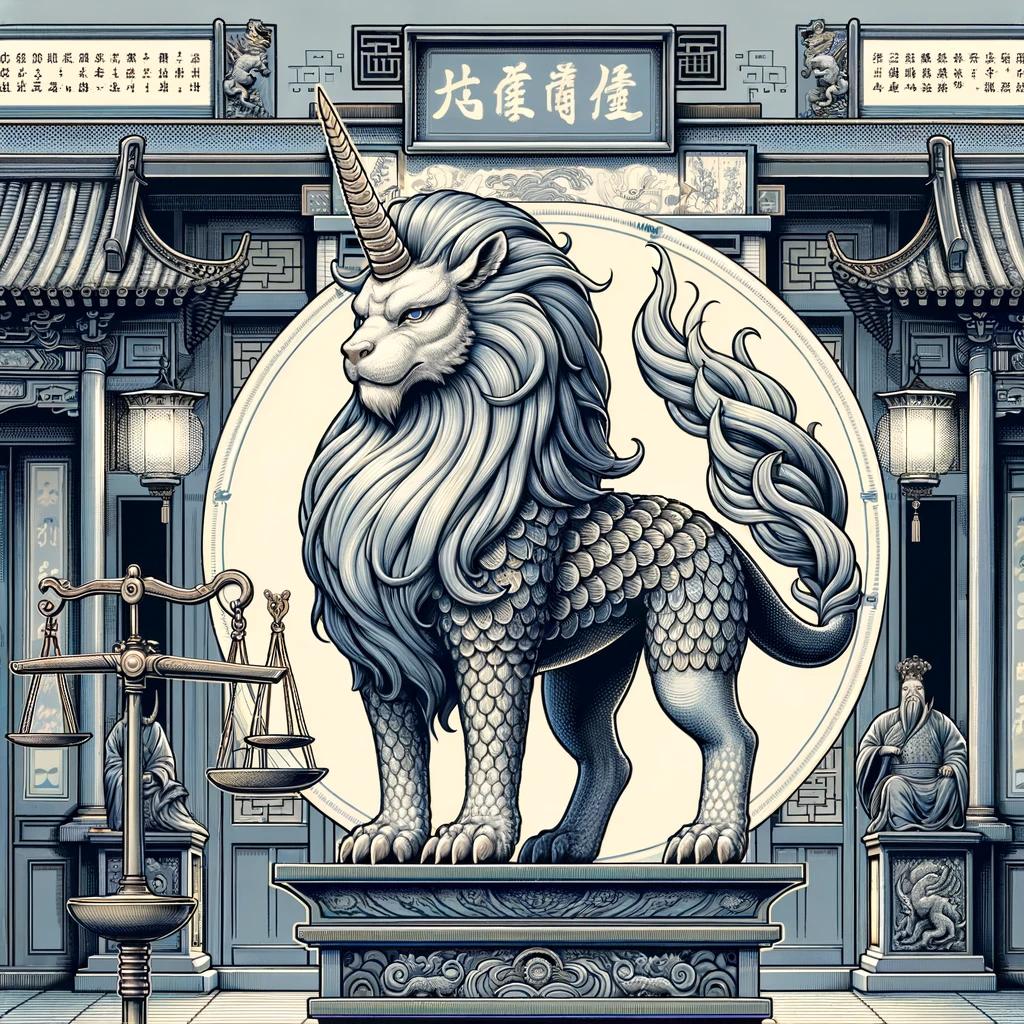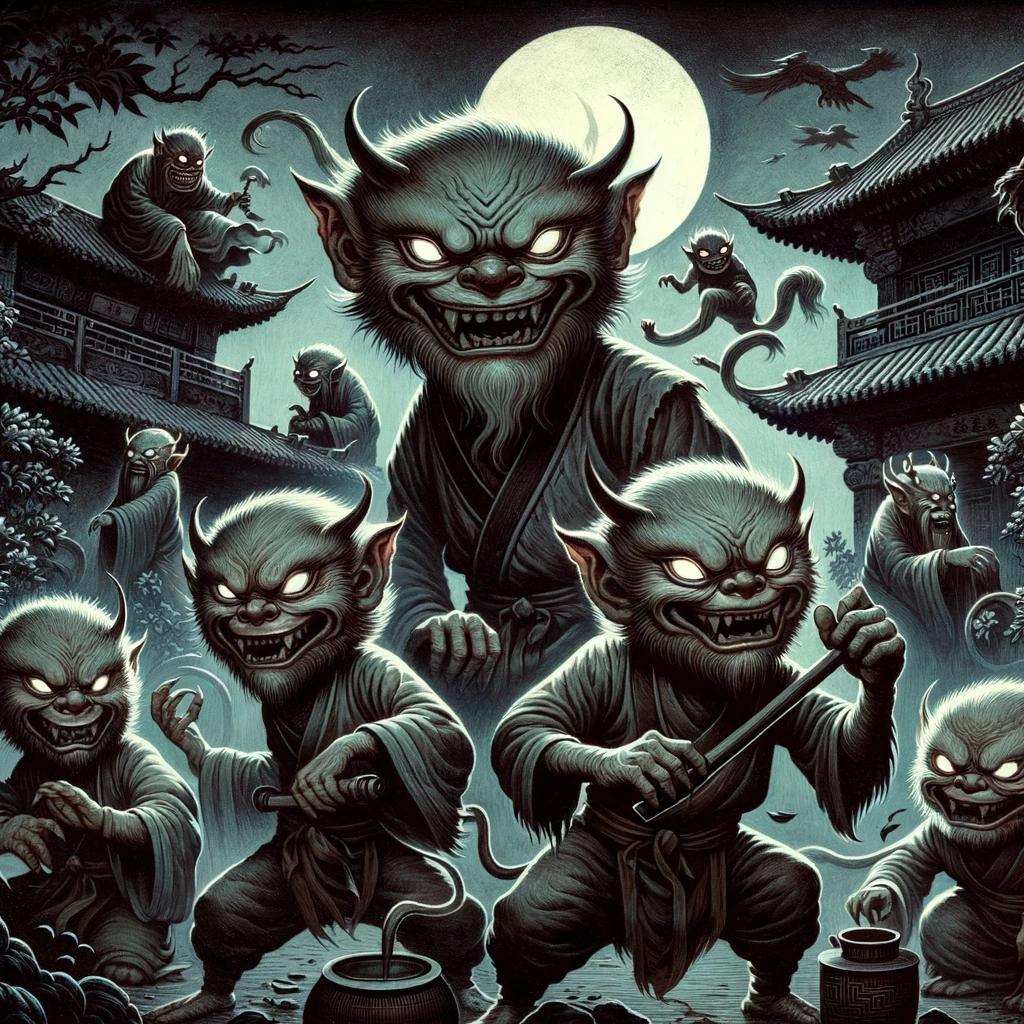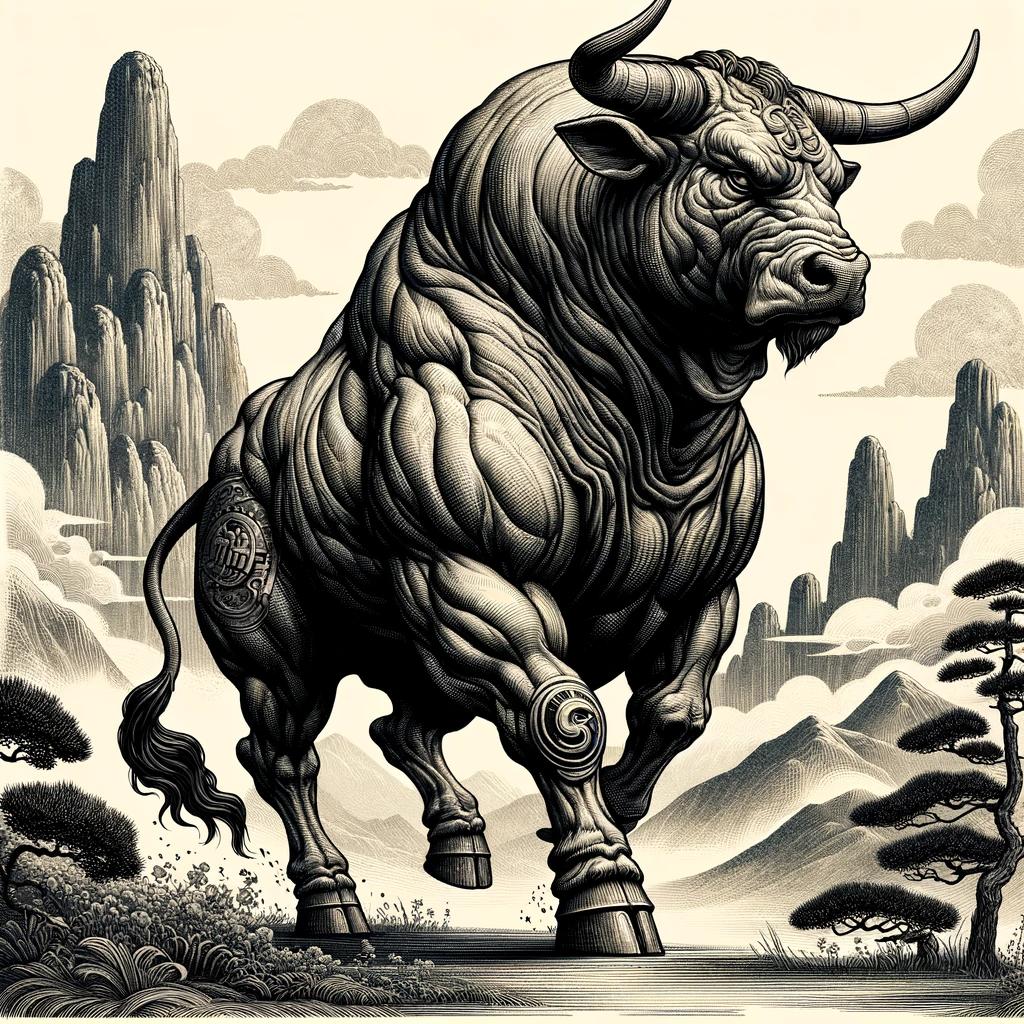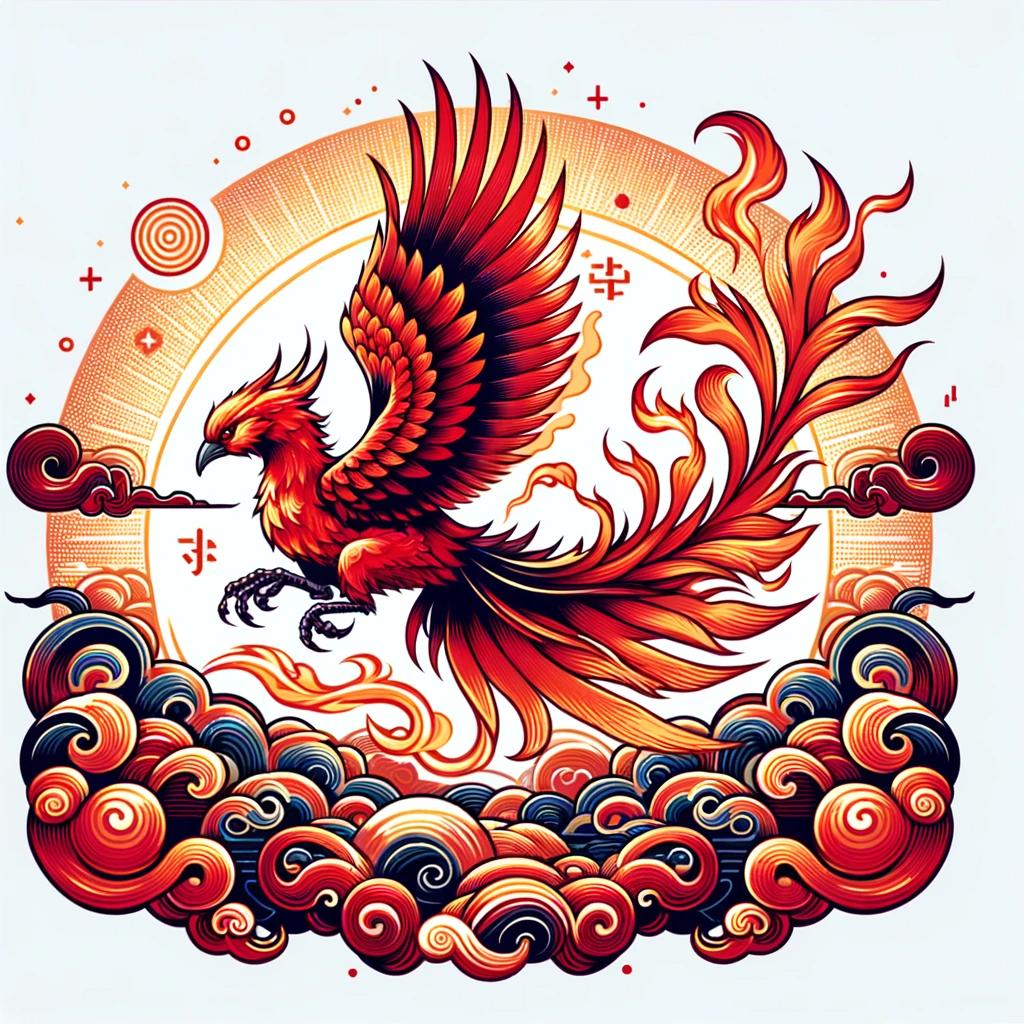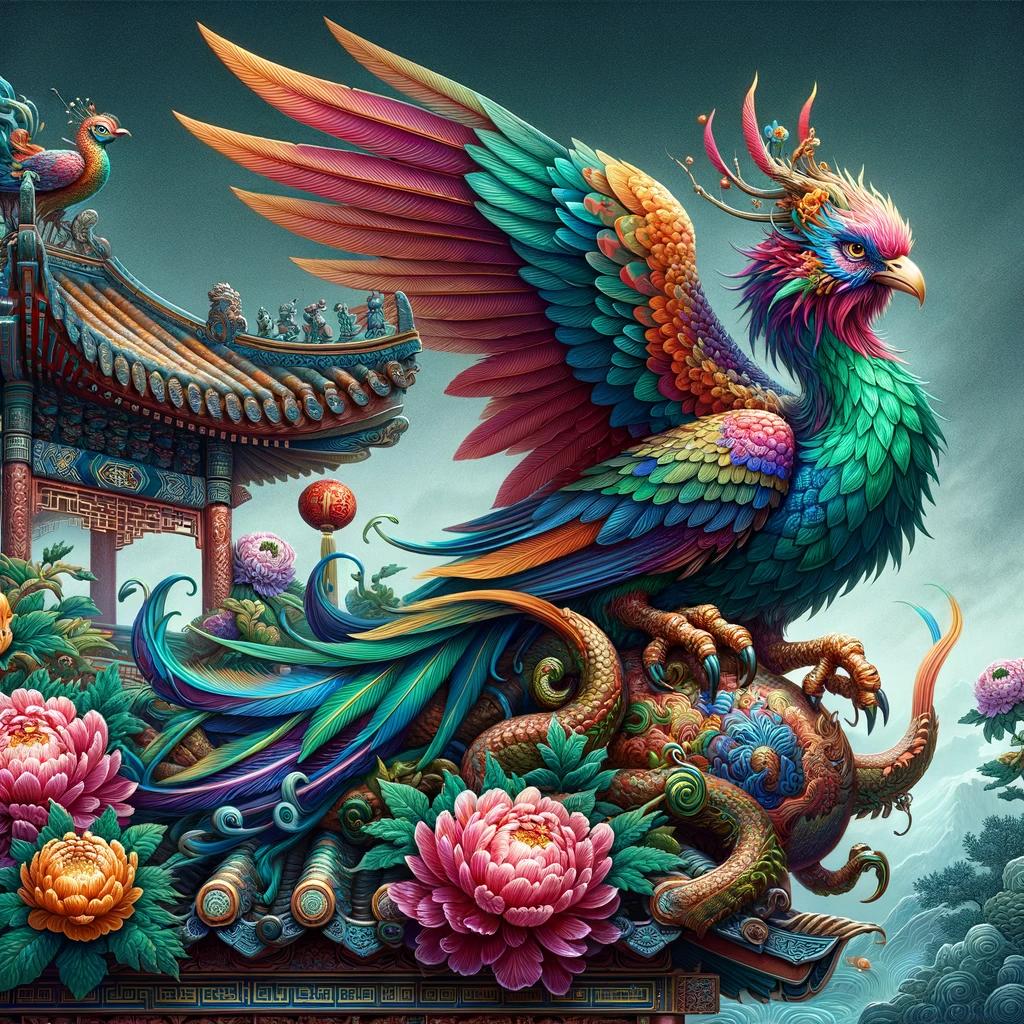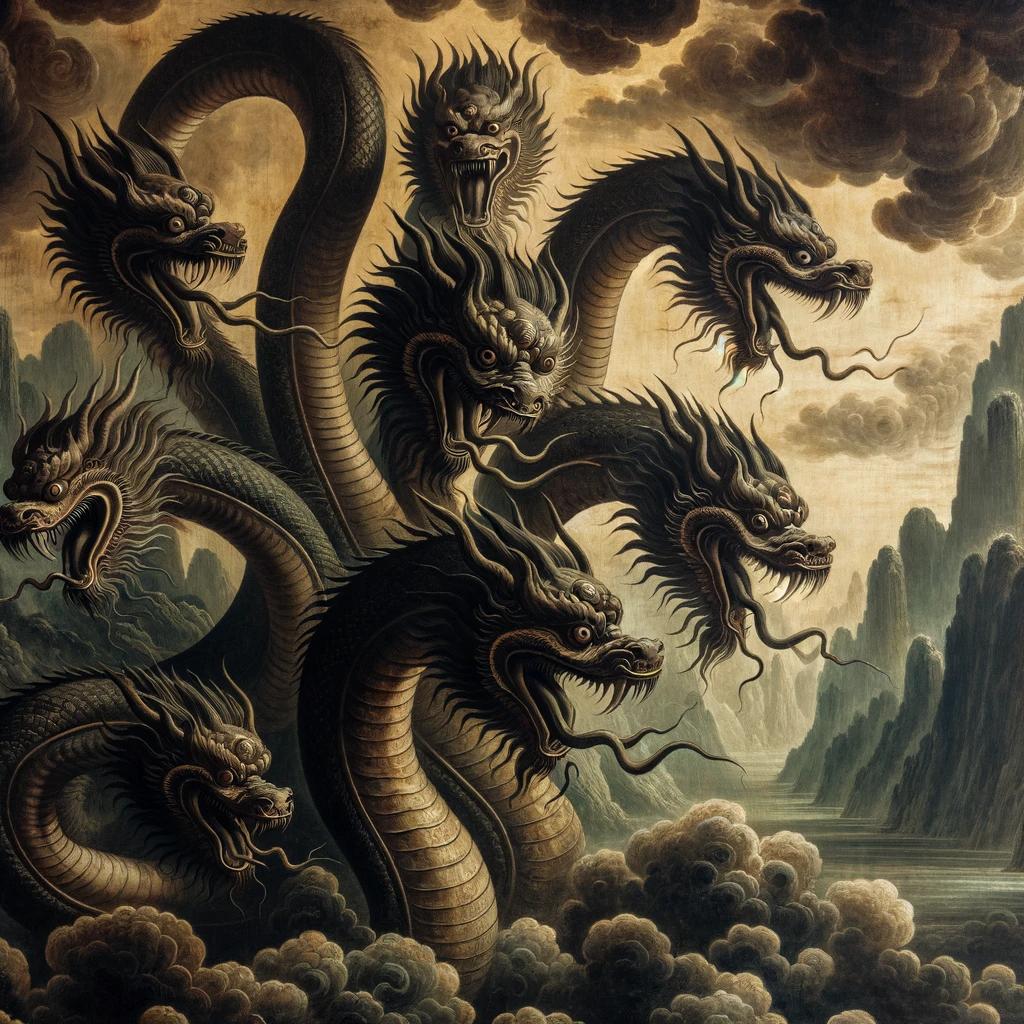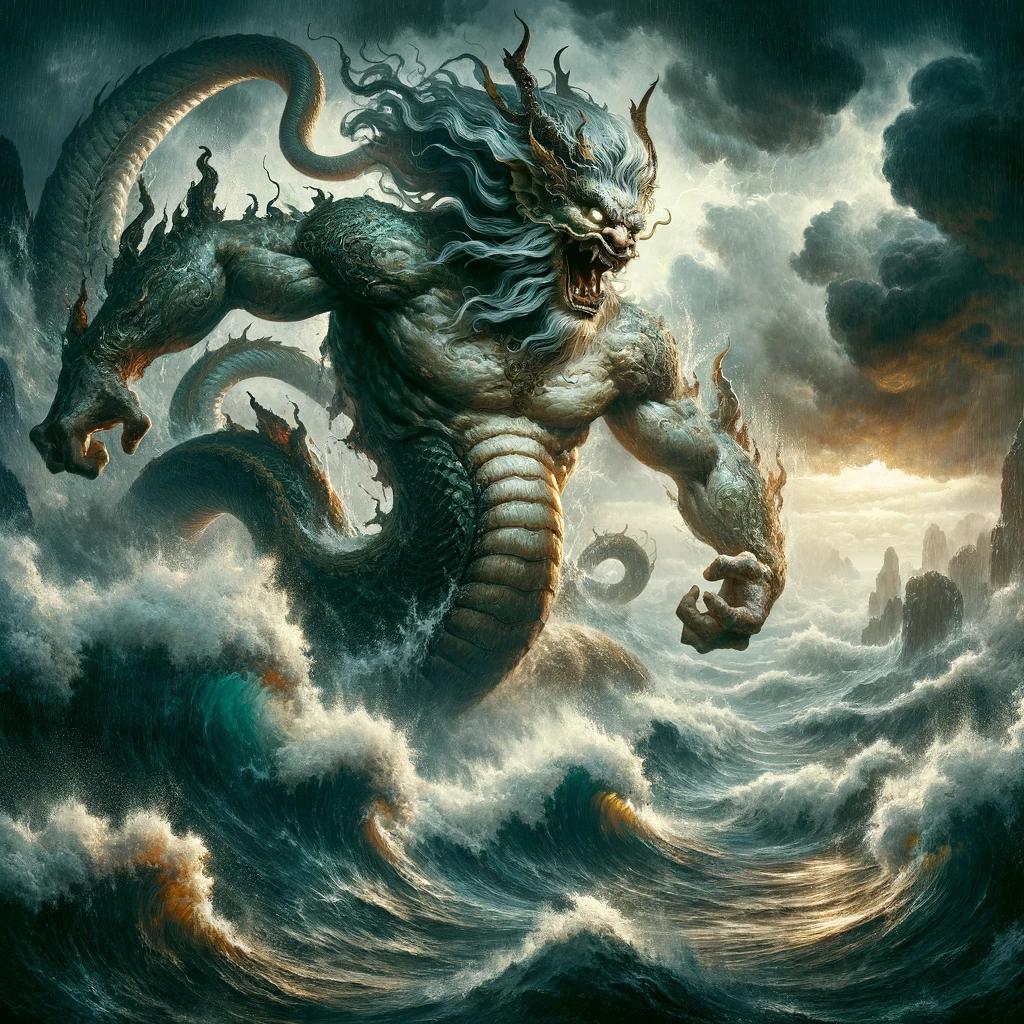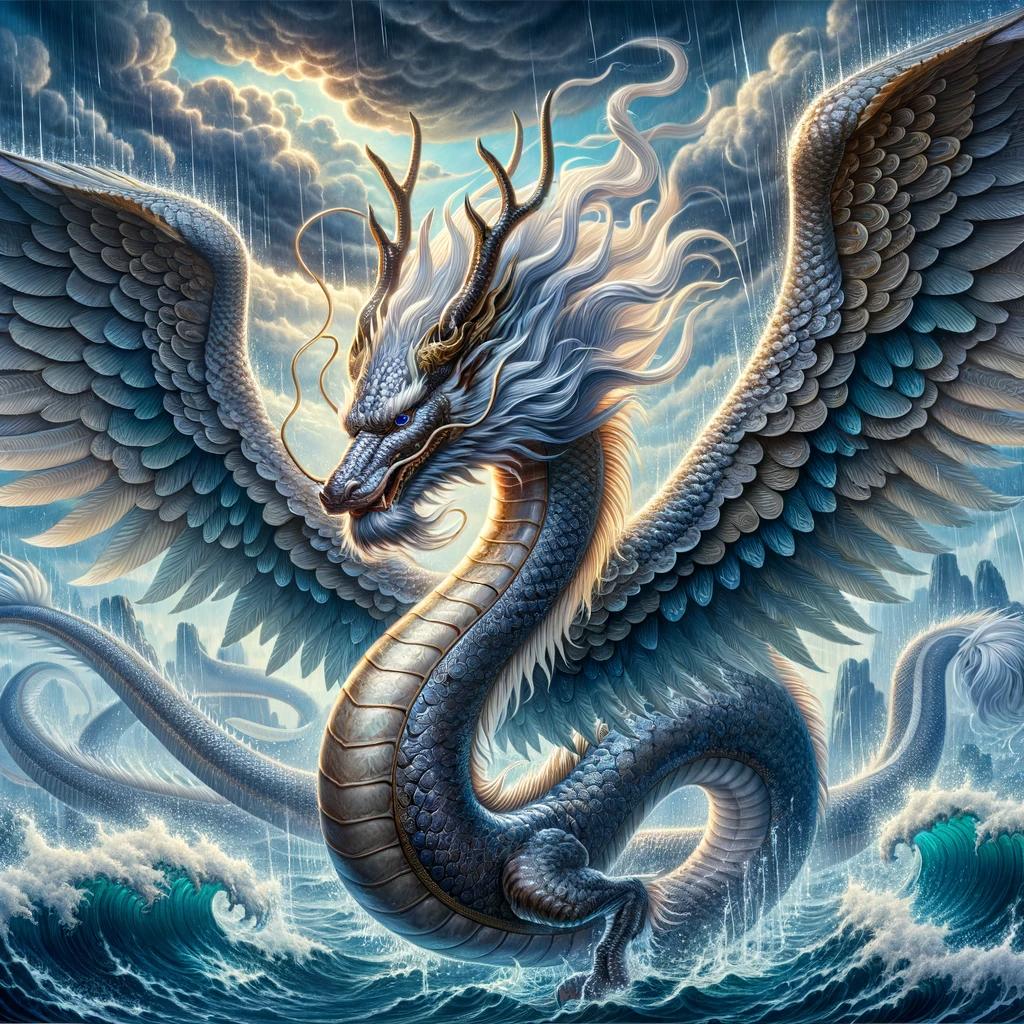The Sanxing Deities: Guardians of Fortune, Prosperity, and Longevity

The Sanxing deities, also known as the gods of Fortune, Prosperity, and Longevity, are revered in Chinese astrology and mythology. These three gods, collectively known as the Sanxing gods, play a crucial role in the cosmic balance of Chinese belief systems.
Fu, the Chinese god of luck and fortune, represents the planet Jupiter and is synonymous with auspiciousness and the blessings of the Chinese goddess of fortune. Lu, embodying prosperity, rank, and influence, is often linked with the star Mizar.
Shou, controlling mortal lifespans through the star Canopus, is a symbol of longevity and the wise teachings of the Chinese god of stars. These ancient deities, widely recognized across Chinese culture, find their statues adorning temples, family altars, and Chinese stores during the Chinese New Year, each usually depicted with distinctive attributes that signify their divine roles.
Fu – The Deity of Fortune:
Fu, the deity associated with fortune and luck in Chinese astrology and mythology, is considered the personification of Jupiter, the planet revered for its influence over good fortune and positive alignments in life.
As Fu Xing, this deity of the Sanxing gods is a manifestation of the blessings bestowed by the Chinese gods, ensuring prosperity and positive energy. Fu Xing’s role in traditional Chinese beliefs underscores his significance as a lucky god, bringing prosperity and favorable outcomes to those who worship and seek his favor.
Fu Xing: The Personification of Jupiter in Chinese Astrology
Fu Xing, representing Jupiter, one of the most auspicious planets in Chinese astrology, holds a pivotal position as the Chinese god of luck and fortune. His influence over individual destinies is profound, promising good fortune and aligning various aspects of life towards positive outcomes.
The presence of Fu Xing in astrological readings is considered highly favorable, indicating a blessed path ahead.
Folklore and Beliefs Associated with Fu
Rich in stories and beliefs, Chinese folklore venerates Fu as a deity capable of granting wishes, providing protection, and bestowing prosperity. Individuals often turn to Fu, the Chinese god of stars, seeking his benevolent aid during pivotal life moments or when aspiring for success in various endeavors, including business and personal relationships.
Fu’s reputation as a benevolent deity, often associated with abundance and favorable outcomes, makes him a central figure in the worship practices dedicated to the Chinese gods.
Visual Depictions and Symbolic Attributes of Fu
In visual representations, Fu is usually depicted as an elderly man dressed in elegant robes, carrying symbols of good fortune such as scrolls or surrounded by children, signifying fertility and happiness.
These visual depictions emphasize Fu’s association with fortune, highlighting the auspicious objects that accompany him, and showcasing his role as one of the lucky gods within Chinese tradition.
Lu – The Deity of Prosperity:
Lu, the deity of Prosperity and one of the Sanxing gods, symbolizes wealth, rank, and influence, making him a revered figure for those seeking material abundance and success.
As the embodiment of prosperity within Chinese mythology, Lu’s connection to the star Mizar places him among the celestial influences that favor the fortunes of those on Earth.
Luxing: The Symbol of Prosperity, Rank, and Influence
Luxing, or Lu, associated with the Star Mizar, represents the pinnacle of prosperity in Chinese mythology.
This star’s luminance in the night sky is a symbol of potential wealth and a thriving social position, closely linked with Lu’s role in bestowing fortune and elevating the social standing of his devotees.
The Association between Lu and the Star Mizar
The ancient connection between Lu and the Star Mizar reflects deeply held beliefs in Chinese culture. The influence of Mizar, aligning with Lu’s role, promises success and prosperity to those who invoke his blessings, solidifying his position as a key figure among the three gods, or Sanxing, responsible for fortune and abundance.
Depicting Lu in Art and Statues
Artistic portrayals of Lu often show him as a distinguished mandarin, dressed in lavish attire that symbolizes wealth and prosperity. His regal appearance in statues and sculptures, holding symbols of wealth such as gold ingots or a moneybag, captures the essence of his role as a deity who bestows financial abundance.
Shou – The Deity of Longevity:
Shou, also known as Shouxing, the Chinese god of longevity, holds a cherished place in the realm of the Sanxing deities. His significance extends beyond mere longevity; it encompasses the well-being and wisdom gained through a life well-lived.
Representing the aspirations for a long and healthy life, Shou’s influence is a testament to the enduring respect for the elderly and the wisdom they hold in Chinese culture.
Shouxing: The Significance of Canopus in Chinese Mythology
Shouxing, also known as the star Canopus, is believed to control the lifespan of mortals in Chinese mythology.
This star holds great significance, symbolizing the pursuit of immortality and everlasting youth. The presence of Shouxing ensures a harmonious and prosperous life, inspiring reverence and devotion from believers seeking longevity.
Controlling Mortal Lifespans: Shou’s Power and Influence
As the deity of longevity, Shou wields the power to influence mortal lifespans. His benevolent nature is said to bring blessings and extend the lives of those who worship him faithfully.
Devotees pray to Shou for good health, happiness, and longevity, seeking his protection and guidance throughout their journey of life. Shou’s influence extends beyond physical longevity, encompassing the overall well-being and vitality of individuals.
Iconography and Symbolic Representations of Shou
Shouxing is often depicted with a high and rounded forehead, symbolizing wisdom and knowledge acquired through long life experiences. He is portrayed as an elderly man with a warm and friendly smile, radiating a sense of serenity and contentment.
In his hands, Shou holds a peach, an emblematic symbol of immortality and longevity in Chinese culture. Sometimes, he is also depicted with a gourd filled with the elixir of life, further emphasizing his association with longevity and eternal youth.
Folklore and Traditions Surrounding Sanxing Deities:
The Sanxing deities, comprising Shouxing, the Chinese goddess of luck, and Fuxing, the god of fortune, hold a significant place in Chinese culture, with elaborate traditions and folklore associated with their worship and devotion.
These traditions have been passed down through generations, reflecting the deep-rooted belief in the power and influence of these divine beings.
Worship and Devotion to Sanxing Deities in Chinese Culture
Worship of the Sanxing deities, also known as the “three stars” of Sanxing China, is a common practice in Chinese households and temples. Families often have altars dedicated to these gods, where offerings and prayers are made to seek their blessings and protection.
The act of worshiping the Sanxing deities is believed to bring good fortune, prosperity, and longevity to individuals and their families. In temples, the Sanxing deities are revered with elaborate ceremonies and rituals conducted by priests and devotees.
Rituals and Prayers for Fortune, Prosperity, and Longevity
One of the common rituals associated with the worship of Sanxing deities is the lighting of incense sticks. It is believed that the smoke from the incense carries prayers and wishes to the divine realm, ensuring that they are heard and fulfilled.
Some devotees also perform prostrations and kneel before the statues of the deities as a sign of respect and devotion. Prayers addressed to the Sanxing deities often revolve around seeking blessings for prosperity, success in endeavors, good health, and longevity.
Devotees express gratitude for their past blessings and make requests for continued favor and protection in the future.
Sanxing Deities during Chinese New Year Celebrations
The celebration of Chinese New Year holds special significance for the Sanxing deities. During this festive time, the statues of Fu, Lu, and Shou are prominently displayed, either in homes or on temporary altars set up in public spaces.
These displays serve as a focal point for prayers and offerings made to welcome the new year and attract positive energies. It is customary to pay visits to temples during Chinese New Year to seek the blessings of the Sanxing deities for a prosperous and auspicious year ahead.
Devotees may bring offerings such as red envelopes containing money, fruits, and other auspicious items believed to bring good luck and blessings.
Fortune: Fu
Offering prayers to Fu is believed to bring good luck, abundance, and overall fortune in various aspects of life such as finance, career, and relationships.
Prosperity: Lu
Lu is associated with wealth, high social status, and influence. Devotees seek his blessings to enhance their financial prospects and achieve success in their endeavors.
Longevity: Shou
Shou’s blessings are sought for health, longevity, and the fulfillment of earthly desires. He is believed to control the lifespan of mortals and grants longevity and good health to those who worship him.
The customs and traditions surrounding the Sanxing deities continue to play a significant role in shaping Chinese cultural practices and are a testament to the enduring belief in the power and significance of these revered gods.
Confusion with Other Deities: Sanxing Deities and Taoism
Confusion often arises when discussing Sanxing deities in relation to other deities in Chinese religion and Taoism. It’s important to distinguish between them to understand their unique significance and beliefs surrounding them.
Common Misconceptions and Confusion with Similar Deities
One common misconception is associating Sanxing deities with the Three Pure Ones in Taoism. While both involve the concept of three deities, they are distinct entities with different roles and origins.
Sanxing deities emerged from popular Chinese religion, while the Three Pure Ones are central to Taoist cosmology.
Another area of confusion is with the Eight Immortals of Taoist folklore. Despite some visual similarities, they are not interchangeable with the Sanxing deities.
The Eight Immortals are associated with achieving immortality and hold different attributes and stories.
Influence and Interactions with Taoist Beliefs
Although Sanxing deities are not explicitly tied to Taoism, there have been interactions and influences between the two belief systems throughout history. Some Taoist temples may include Sanxing deities as part of their pantheon, showcasing the syncretism that exists in Chinese religious practices.
Taoist concepts of longevity, prosperity, and cosmic influence can align with the attributes represented by the Sanxing deities. This connection reflects the interconnectedness and mutual influences between different aspects of Chinese spirituality.
- Sanxing deities share similar themes with the Five Blessings (wufu) in Taoism, which encompass wealth, longevity, health, love of virtue, and a peaceful death.
- Believers may incorporate both Sanxing deities and Taoist rituals and practices within their spiritual lives, reflecting the harmonious coexistence and interchangeability of various cultural and religious elements.
The unique blend of beliefs and practices surrounding Sanxing deities and Taoism demonstrates the richness and complexity of Chinese religious traditions.
Sanxing Deities in Modern Context:
Sanxing Deities in Contemporary Chinese Society
Sanxing deities continue to hold significant cultural and religious importance in contemporary Chinese society. Their worship and devotion are embedded in various aspects of everyday life, from households to businesses.
Many Chinese families still maintain altars dedicated to the Sanxing deities, where rituals and prayers are performed to seek blessings of fortune, prosperity, and longevity.
In addition to private homes, the presence of Sanxing deities can also be observed in public spaces, including temples and community centers.
These locations serve as gathering points for religious ceremonies and cultural events where communities come together to honor and pay homage to these revered deities.
The enduring significance of the Sanxing deities reflects their deep-rooted place in Chinese tradition and belief systems.
Influence of Sanxing Deities in Feng Shui and Interior Design
The influence of Sanxing deities extends beyond religious practices and permeates various aspects of Chinese culture, including feng shui and interior design. Feng shui, the ancient Chinese art of harmonizing energies, often incorporates representations of the Sanxing deities to enhance positive energy flow and create a harmonious living environment.
Many individuals and businesses consult feng shui experts who prescribe the placement and arrangement of Sanxing deity statues and symbols to attract good fortune, prosperity, and longevity. These representations are strategically positioned in homes, offices, and commercial establishments in accordance with feng shui principles, reinforcing the belief in the power and auspicious attributes associated with the Sanxing deities.
Collecting and Appreciating Sanxing Deity Statues as Art
Beyond their spiritual and symbolic significance, Sanxing deity statues are admired and collected as works of art. The craftsmanship and intricate details in these statues make them sought-after pieces for art enthusiasts and collectors alike.
In China and around the world, individuals with an appreciation for Chinese culture and mythology actively seek out Sanxing deity statues to adorn their homes and spaces.
Sanxing deity statues are not only cherished for their aesthetic appeal but also for the profound symbolism they represent.
Owning these statues is seen as a way to invoke the positive attributes associated with the Sanxing deities, serving as a reminder of the values of fortune, prosperity, and longevity that they embody.
- Sanxing deities hold significant cultural and religious importance in contemporary Chinese society.
- Their worship and devotion are embedded in various aspects of everyday life.
- Sanxing deities are observed in private homes, temples, and community centers.
- They play a role in feng shui and interior design practices.
- Collecting Sanxing deity statues is popular among art enthusiasts.
- These statues are admired for their craftsmanship and symbolism.
.
.












